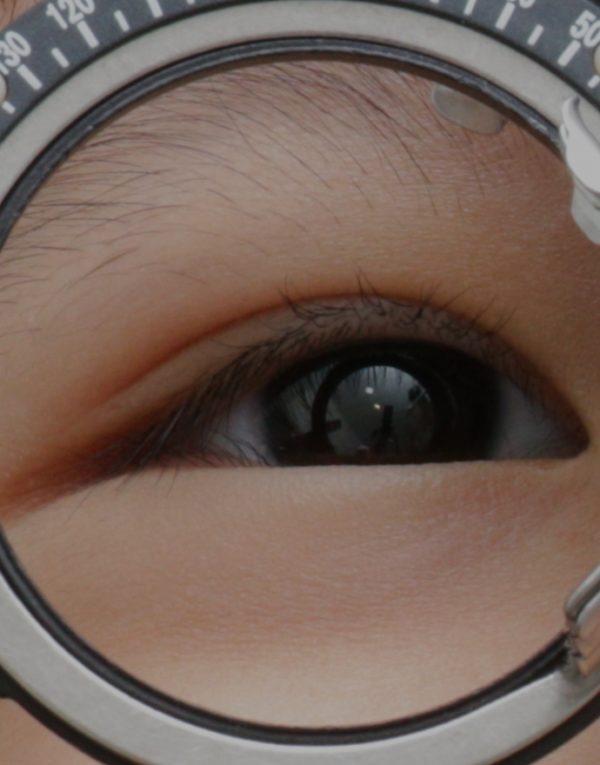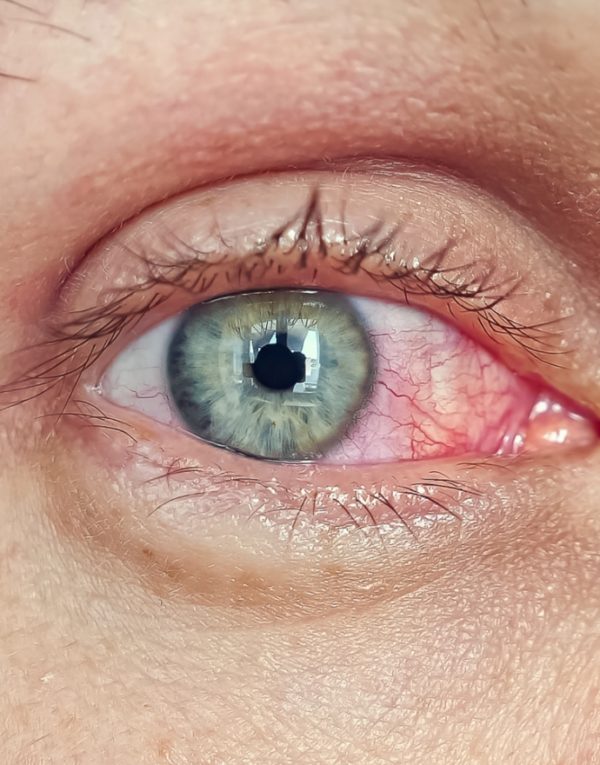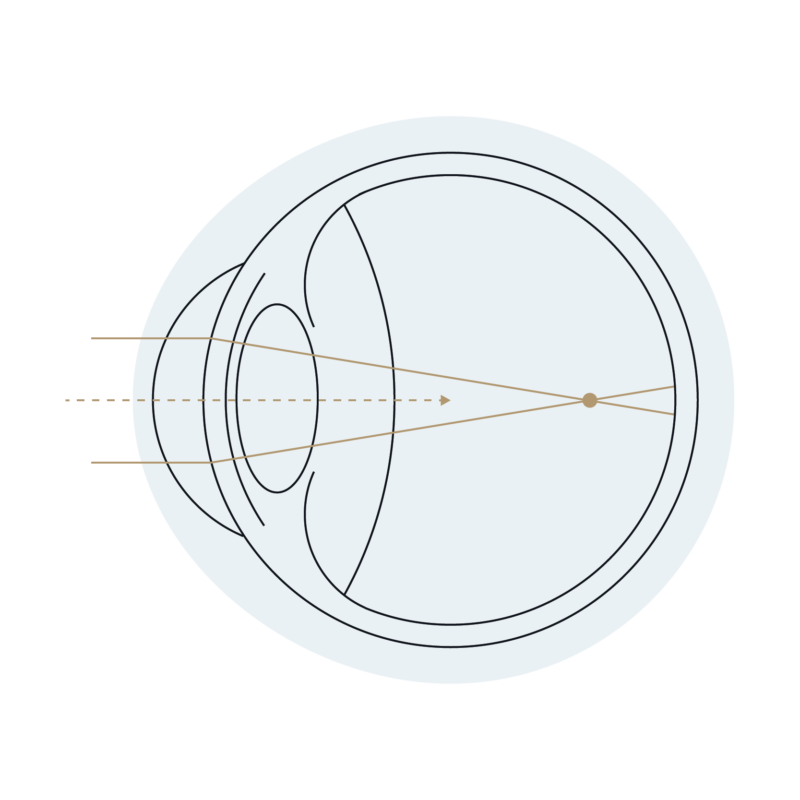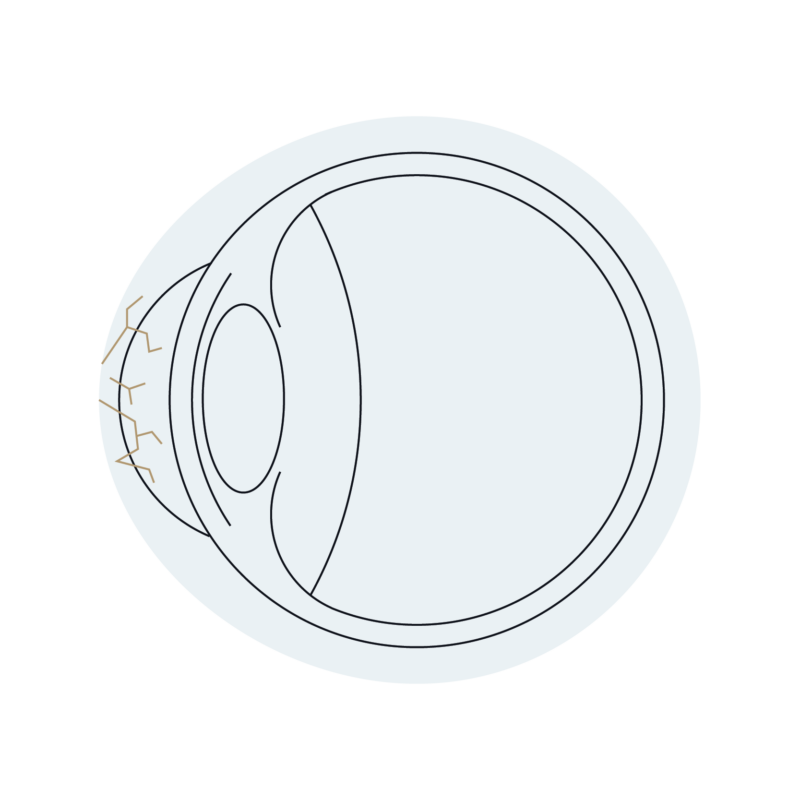
Targeting common and complex conditions across the continuum of care.




½ of the global population will become myopic by 2050.1

A condition commonly known as “nearsightedness,” meaning that near objects appear clear while far objects look blurry.
Traditional glasses and most day wear soft contact lenses fix the symptoms of myopia, but do not correct the underlying problem of continuing excessive eye growth. Myopia is associated with higher risk of dangerous conditions such as macular degeneration, glaucoma, and retinal detachment.
1. DolginE. The myopia boom. Nature. 2015 Mar 19;519(7543):276-8. doi: 10.1038/519276a. PMID: 25788077.
1.8 billion people live with presbyopia2

The gradual loss of the eye’s ability to focus on near objects at a normal reading distance, which usually occurs between ages 40-65.
Treatment options include wearing corrective eyeglasses (spectacle lenses) or contact lenses, undergoing refractive surgery, or getting lens implants for presbyopia.
2. Fricke TR, Tahhan N, Resnikoff S, Papas E, Burnett A, Ho SM, et al. Global Prevalence of Presbyopia and Vision Impairment from Uncorrected Presbyopia: Systematic Review, Meta-analysis, and Modelling. Ophthalmology. 2018 Oct;125(10):1492-1499. doi: 10.1016/j.ophtha.2018.04.013.

A common imperfection of the eye’s curvature, causing blurred vision, eye strain and glare/halos.
Oftentimes, eyeglasses and contact lenses are not completely effective for correcting vision problems with this condition. In these cases, patients require more advanced specialty lenses, such as rigid lenses, hybrid (soft/rigid) lenses, customizable soft lenses or scleral lenses.
20-50% of the world population suffers from dry eye disease4

Occurs when tears are not able to provide enough moisture, causing burning or itchy dryness, discomfort, redness and sensitivity to light.
While a variety of eye drops can alleviate discomfort, patients with severe dry eye disease require specialty therapeutic contact lenses to protect and lubricate the surface of the eye, such as soft bandage or rigid scleral lenses.
4. Stapleton F, Alves M, Bunya VY, et al.: TFOS DEWS II Epidemiology Report. Ocul Surf. 2017;15(3):334–65. 10.1016/j.jtos.2017.05.003
